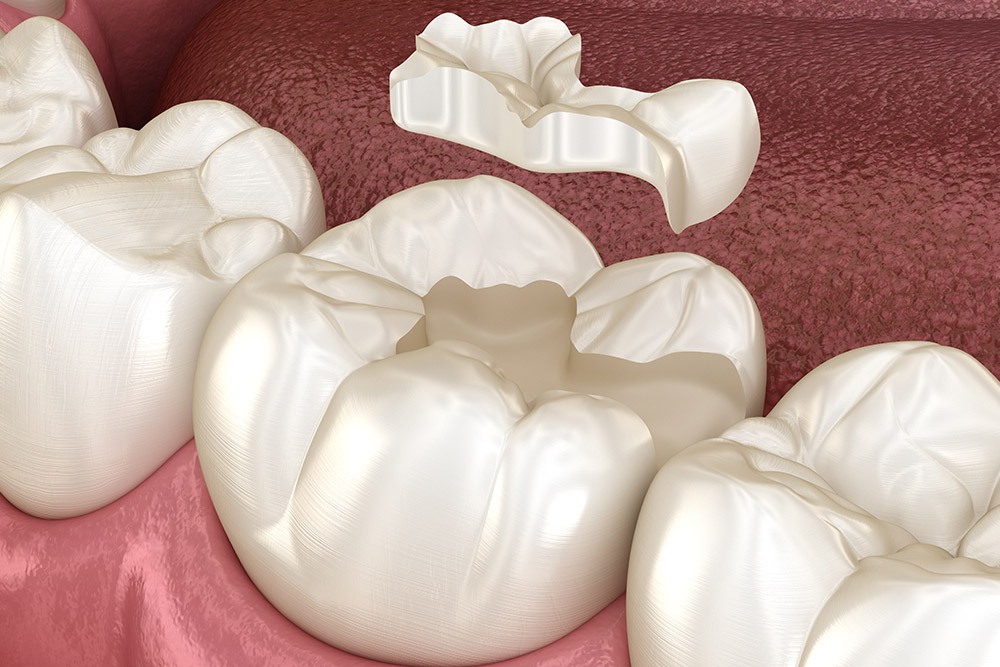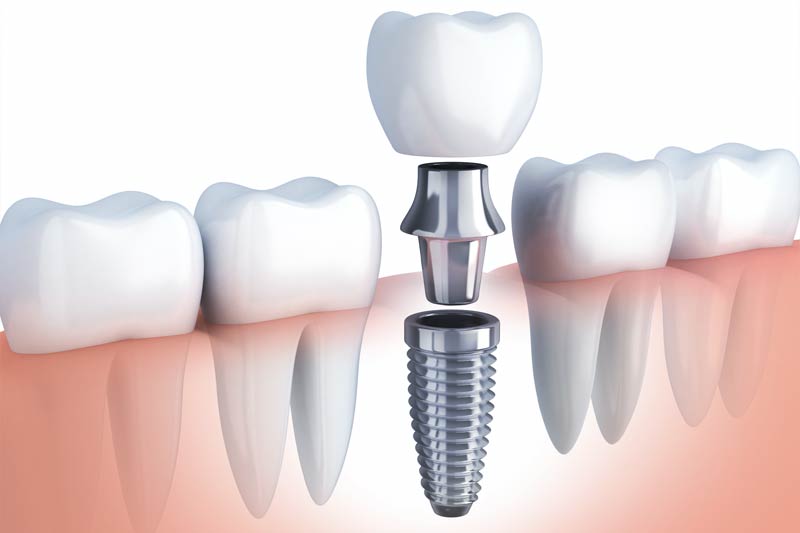
Inlays and Onlays: A Stronger Way to Restore Your Teeth at 805 Dentistry
Hi, I’m Dr. Rad from 805 Dentistry in Thousand Oaks. When a tooth has too much damage for a filling but doesn’t quite need a full crown, one of the best options I recommend is an inlay or onlay. These restorations are durable, conservative, and designed to preserve as much of your natural tooth as possible.
Here are answers to the top 10 most common questions patients ask me about inlays and onlays.
1. What are inlays and onlays?
Inlays and onlays are custom-made restorations used to repair teeth with moderate decay or damage. An inlay fits inside the grooves of a tooth, while an onlay covers one or more of the cusps (the raised parts of the tooth). Both are stronger than regular fillings and help protect your tooth’s structure.
2. When would I need an inlay or onlay instead of a filling?
If your cavity or damage is too large for a traditional filling but not severe enough to require a crown, an inlay or onlay is the ideal solution. At 805 Dentistry, I often recommend them when I want to strengthen a tooth without removing more natural structure than necessary.
3. What materials are inlays and onlays made of?
They can be made from porcelain, ceramic, composite resin, or even gold. Most patients choose porcelain or ceramic because they match the natural color of teeth, creating a seamless smile. I select the best material for each patient’s needs, focusing on durability and appearance.
4. How are inlays and onlays different from crowns?
A crown covers the entire tooth, while an inlay or onlay only repairs the damaged portion. This means more of your natural tooth is preserved, which is always my goal. Think of inlays and onlays as a middle ground between a filling and a crown.
5. What is the process of getting an inlay or onlay?
The procedure typically takes two visits. In the first, I remove the decay, shape the tooth, and take impressions. A temporary filling is placed while your inlay or onlay is made in a dental lab. At the second visit, I carefully bond the restoration into place for a secure, lasting fit.
6. Are inlays and onlays painful to get?
No. I use local anesthesia to keep you comfortable during the procedure. Patients usually report little to no discomfort afterward, and the recovery is quick. At 805 Dentistry, I make sure every treatment is as stress-free as possible.
7. How long do inlays and onlays last?
With proper care, inlays and onlays can last 10 to 20 years or more. They are highly durable, especially when compared to traditional fillings, making them a long-term investment in your oral health.
8. How do I care for my inlay or onlay?
Daily brushing, flossing, and regular dental visits are the best way to protect your restoration. Inlays and onlays don’t require special care, but maintaining good oral hygiene helps them last longer while keeping your natural teeth healthy.
9. What are the benefits of choosing inlays or onlays?
The benefits include:
- Stronger and longer-lasting than fillings
- Preserve more natural tooth structure than crowns
- Blend naturally with your teeth
- Provide excellent support for weakened teeth
Patients at 805 Dentistry love them because they offer both function and beauty.
10. Why choose 805 Dentistry for inlays and onlays in Thousand Oaks?
At 805 Dentistry, I use high-quality materials and advanced bonding techniques to ensure your inlay or onlay fits perfectly and lasts. Every restoration is customized to your tooth’s exact shape and shade so that it looks and feels completely natural. My goal is to restore your smile with the healthiest and most conservative approach possible.
Final Thoughts from Dr. Rad
Inlays and onlays are one of the best ways to restore damaged teeth while keeping your natural smile intact. If you’ve been told you need a large filling or are worried about tooth strength, this treatment might be right for you.
📍 Visit us at 805 Dentistry in Thousand Oaks, CA
🌐 www.805Dentistry.com
📞 Call today to schedule your consultation about inlays and onlays!



